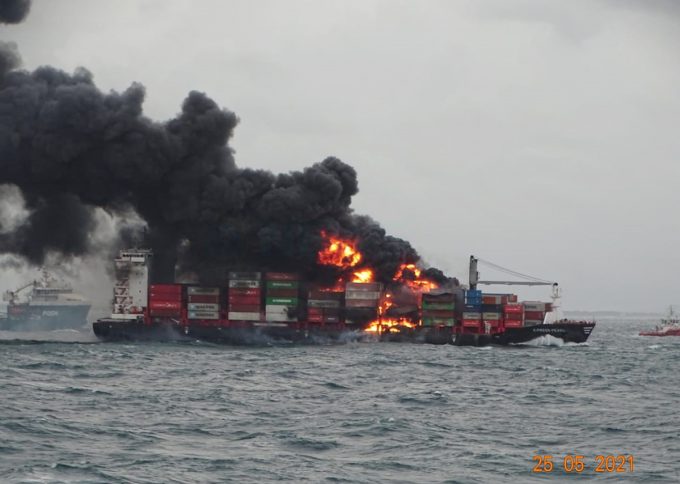Maersk to launch new Caribbean-Europe network, with bigger ships
Maersk Line is set to replace two of its standalone Caribbean-Europe services with a dedicated ...

Top container carriers have embarked on a new project to address ship fires and cargo losses as lithium-ion batteries have stolen the limelight from sodium hypochlorite as the leading cause for concern.
The Safetytech Accelerator Cargo Fire & Loss Innovation Initiative (CFLII) involves carriers and ship ...

Comment on this article
David Brennan
February 22, 2023 at 2:31 pmFrom 1 January 2025, there will be an opportunity to differentiate EVs powered by lithium ion batteries from other vehicles as the UN Subcommittee of Experts on the Transport of Dangerous Goods has adopted a new entry into the 23rd revised edition of the Model Regulations, UN3556, Vehicle, lithium ion battery powered. The changes to the UN Model Regulations will now be considered by the modal bodies, including the IMO for the IMDG Code.